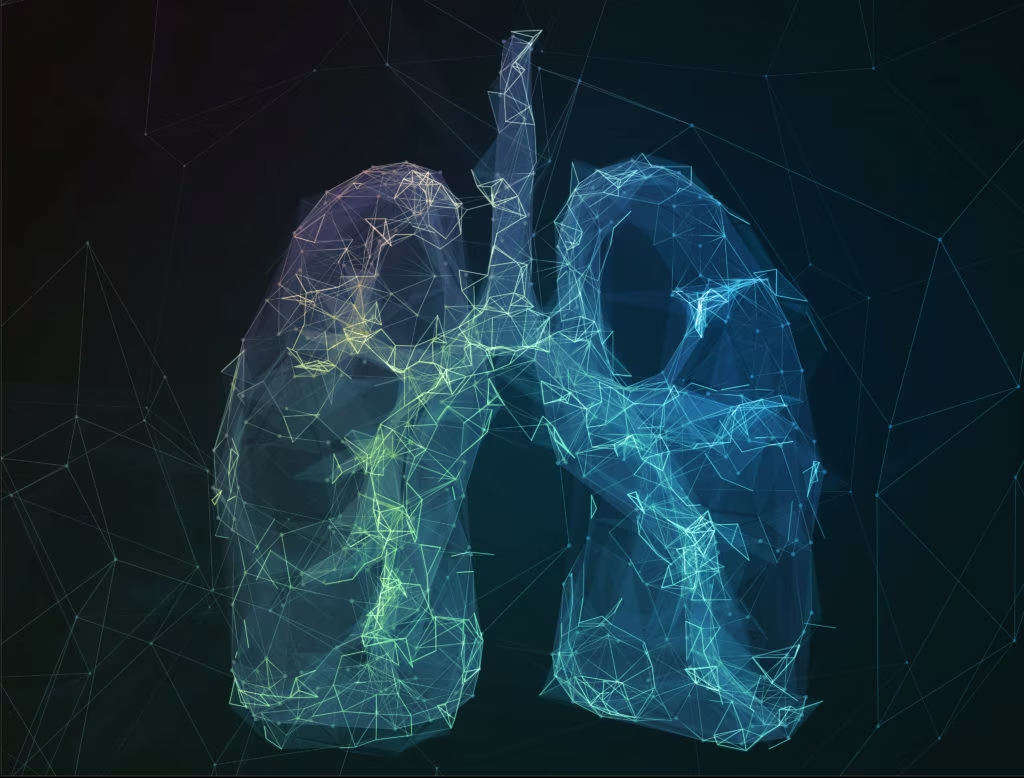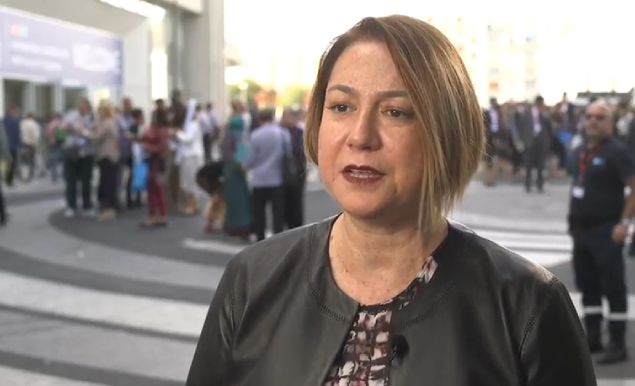Search Results
Showing Results for obstructive sleep apnoea,

The nasal airway serves as the primary entry point of air and oxygen into the body. It serves critical functions, such as providing a physical barrier against external irritants and pathogens and warming and humidifying incoming air.1 Consequently, disorders of ...

Paediatric sleep-disordered breathing Sleep-disordered breathing (SDB) is defined as the disruption of normal respiration and ventilation while asleep.1 SDB encompasses multiple sleep disturbances, ranging from mild snoring to obstructive sleep apnoea (OSA).1,2 OSA is characterized by episodic partial or complete ...

Welcome to the latest issue of touchREVIEWS in Respiratory & Pulmonary Diseases, in which we bring you a range of topical and timely articles in the field of lung diseases. In this issue, we begin with an expert interview about ...

Obstructive sleep apnoea (OSA) is a widespread disorder that affects millions of individuals worldwide.1 It is characterized by repeated episodes of upper airway obstruction during sleep; these episodes can have several negative consequences, including daytime sleepiness, impaired quality of life ...

Obstructive sleep apnoea (OSA) is characterized by recurrent upper airway obstruction precipitating variable degrees of recurrent desaturations, sleep fragmentation and increased autonomic stimulation. As the global burden of obesity continues to rise, so too has the prevalence of OSA.1 Although ...

Welcome to the latest edition of touchREVIEWS in Respiratory & Pulmonary Diseases, which aims to provide insightful and topical articles relevant to the everyday practice of busy physicians. Our popular expert interviews provide a snapshot of hot topics in medicine. ...

Paediatric sleep-disordered breathing (SDB) refers to a spectrum of respiratory disorders with intermittent upper-airway obstruction and sleep disruption in children.1 SDB spans primary snoring, upper-airway resistance syndrome, obstructive hypoventilation and obstructive sleep apnoea (OSA), listed in order of increasing severity ...

Asthma, classically defined as a chronic inflammatory disease of the lower respiratory tract, is a heterogeneous array of clinical disorders that differ in intensity, occurrence, triggers, comorbidities, genetics, clinical course and prognosis.1 It manifests as wheezing, cough, dyspnoea, chest tightness ...

We were delighted to talk with Professor Jan Hedner (The University of Gothenburg, Gothenburg, Sweden) around the rationale, and safety and efficacy findings of using sulthiame in moderate to severe obstructive sleep apnoea. The abstract ‘Safety and efficacy of sulthiame ...

Sleep disturbances are exceedingly common and potentially morbid in patients with neuromuscular diseases (NMD).1 A constellation of physiologic changes occur in patients with NMDs which, in concert with normal physiologic changes during sleep, lead to decreased nocturnal ventilation that often ...

We met Jan Hedner, of Gothenburg, Sweden, at ERS 2019, who talks us through the latest evidence for the effectiveness of carbon anhydrase inhibitors for treatment of obstructive sleep apnoea. Questions 1. What are the limitations of continuous positive airway pressure (CPAP) ...

As we spend about a third of our lives sleeping, sleep has been linked to many health outcomes during the past few decades,1 such as cardiovascular2 and metabolic health, cognition,3 and even mortality.4 Sleep in pregnancy has also emerged as ...

Speaking at the 2019 ATS conference in Dallas, TX, USA, Babak Mokhlesi (University of Chicago, Chicago, IL, USA) discusses the link between obstructive sleep apnoea, insufficient sleep duration and type 2 diabetes; key findings of his study, and the implications for the ...

Speaking at the 2019 ATS conference in Dallas, TX, USA, Babak Mokhlesi (University of Chicago, Chicago, IL, USA) discusses the link between obstructive sleep apnoea, insufficient sleep duration and type 2 diabetes; key findings of his study, and the implications for the ...

Raphaël Heinzer (University Hospital of Lausanne, Lausanne, Switzerland) talks to us about the prevalence of obstructive sleep apnoea (OSA) in Europe, the importance of current clinical pathways for its diagnosis and treatment, and provides expert advice on identifying signs ...

Editorial board member and new Chair Elect of the Paediatric Respiratory Physiology and Sleep Section of the ERS Paediatric Assembly Refika Ersu (Marmara University, Istanbul, Turkey) chats to us about unmet needs and exciting advances in respiratory and sleep physiology ...

The European Respiratory Society (ERS) taskforce on the diagnosis and management of obstructive sleep disordered breathing (SDB) in childhood, defined obstructive SDB as “a syndrome of upper airway dysfunction during sleep, characterised by snoring and/or increased respiratory effort secondary ...
Latest articles videos and clinical updates - straight to your inbox
Log into your Touch Account
Earn and track your CME credits on the go, save articles for later, and follow the latest congress coverage.
Register now for FREE Access
Register for free to hear about the latest expert-led education, peer-reviewed articles, conference highlights, and innovative CME activities.
Sign up with an Email
Or use a Social Account.
This Functionality is for
Members Only
Explore the latest in medical education and stay current in your field. Create a free account to track your learning.


